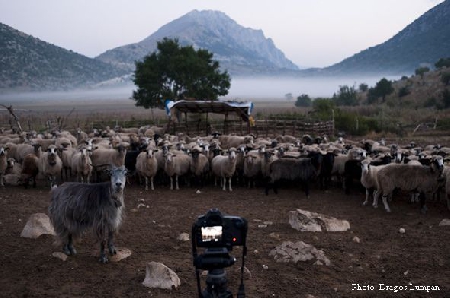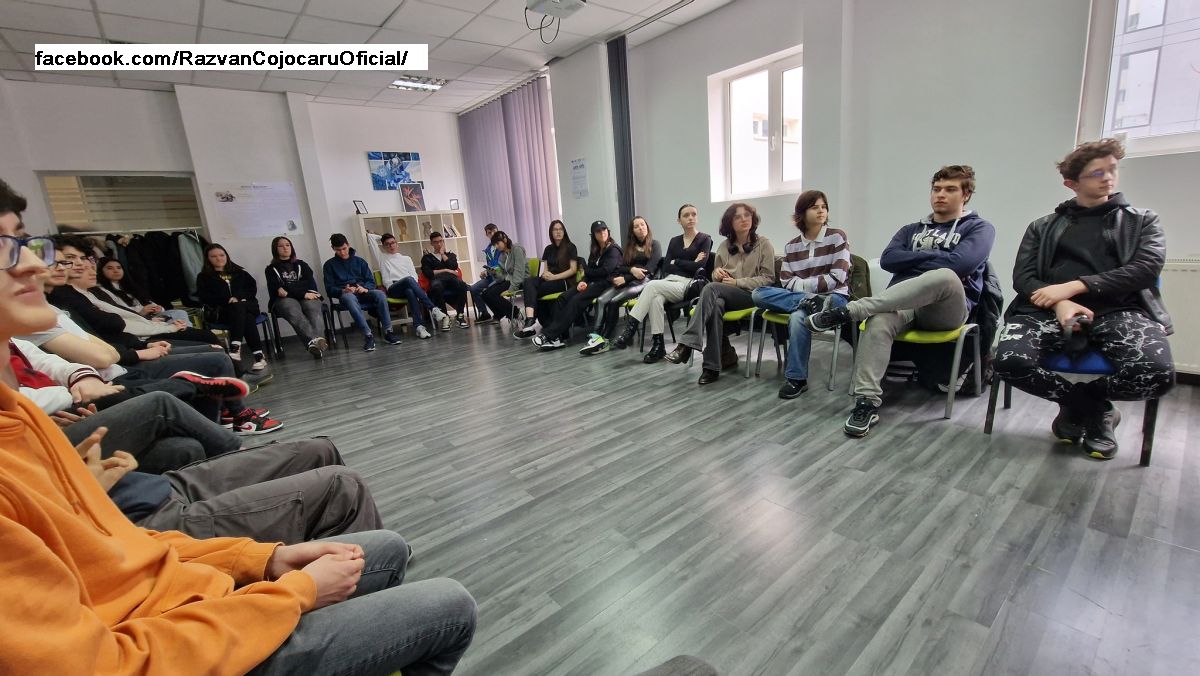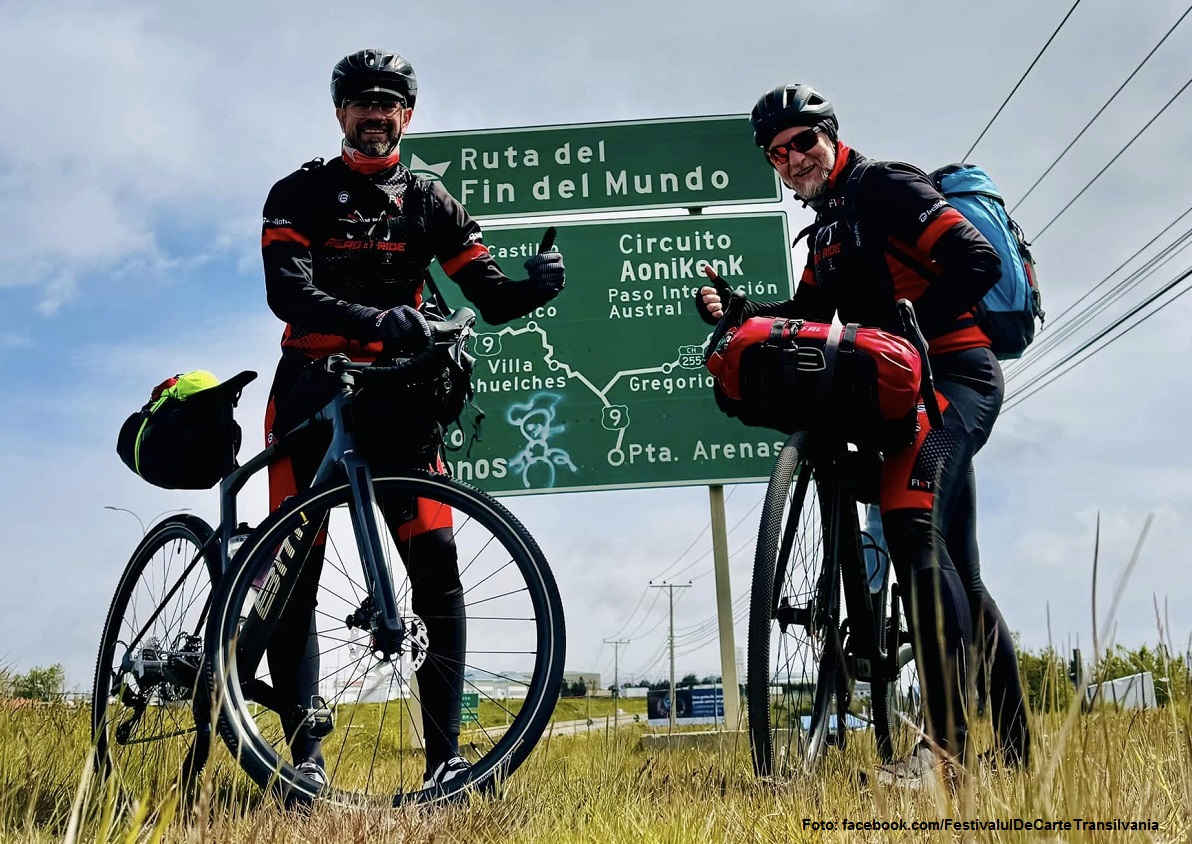‘’The Last Transhumance’’ by Dragos Lumpan
Early this spring, the Romanian Peasant‘s Museum in Bucharest hosted a special photo exhibition entitled “The Last Transhumance. Photographer Dragos Lumpan hoped to present images from a world that seems removed from the times we live in, which is slowly

Eugen Cojocariu, 29.04.2012, 18:02
Early this spring, the Romanian Peasant‘s Museum in Bucharest hosted a special photo exhibition entitled “The Last Transhumance”. Photographer Dragos Lumpan hoped to present images from a world that seems removed from the times we live in, which is slowly dying out.
The world of shepherds who annually move their flocks from one grazing ground in the lowlands up in the mountains, with the changing seasons is still fascinating through its simplicity and authenticity.
It seems far removed from our dull routine. Dragos Lumpan’s exhibition was designed as a project that reflects this traditional lifestyle, rather than a scientific study on transhumance as a thoroughly examined phenomenon using research data.
Dragos Lumpan started his project focused on transhumance back in 2007 when, after having watched sheep flocks grazing while driving his car, he chose to be part of the shepherds ‘ life styles.. He started by integrating himself into a family of shepherds who practised transhumance and, for a couple of years he took part in several seasonal movements the family was involved in. Shortly afterwards, the shepherds, who had accompanied photographer Dragos Lumpan, decided to give up to their seasonal movement. Dragos Lumpan has further details on the project
Dragos Lumpan: “The name of the project “ the Last Transhumance ‘ is derived from this reality. Of course, there are shepherds who are still practicing transhumance but the overall impression is that this phenomenon is on decline which can sound far too harsh … In some countries there are people who are trying to back up transhumance and, in these countries there are chances this phenomenon might not disappear so quickly. The exhibition hosted by the Romanian peasant ‘s Museum has got ten big photos and 340 small printed photos two very short pieces from the film, assembled time lapses which I hope will arouse the interest and curiosity for the film which I hope will be ready in a few months. There is also an I-pad on which you can see more similar photos, almost one thousand in total, a sort of sketch notebook where there are certain similar photos for those who are patient enough and want to see more things. There are a few panels on which I put on display photos featuring snapshots of my travels which I made myself to get to the shepherds. This photo exhibition is actually a work in progress and I am working on the film.”
The transhumance route followed by Dragos Lumpan and the shepherds over the past five years has gone beyond the Romanian borders, and adds up to more than 40 thousand km, taking in countries like Albania, Italy, Britain and Turkey. The 100 thousand photos, 70 hours of filmed material and 100 hours of audio recordings make up the project “The Last Transhumance“ which is still only partially completed. Dragos Lumpan referred to the way in which the public received the exhibition hosted by the Romanian Peasant Museum in Bucharest
Dragos Lumpan: “A lot of people attended the official opening of the exhibition and it was a real joy for me and obviously for those who helped me with the project. In terms of visitors, it has been a popular exhibition. And the people attending it expressed their appreciation in fine and sincere words. I talked to a professor from the Faculty of Agronomy who voiced his discontent related to the lack of scientific apparatus in the exhibition. My argument was that this exhibition is just a visual project and I only wanted to talk about a world which is going to die, a world with all its unique atmosphere. Obviously there are many things which I could never discover and I can only apologize for not doing so. Of course, the 340 photos are printed on a small format and for some it can be a little unusual to find something like this in a photo exhibition. However I intentionally did this for those who want to enter into a world which I am not able to describe in some photos. That is why I chose a presentation method which requires the visitor to be patient – and in this way one can get a taste of the atmosphere which is also embedded in the photos on display.“
The images captured by Dragos Lumpan offer a visual dimension which can only be vaguely intuited archeologically speaking — writes historian and archeologist Tiberiu Vasilescu.






























